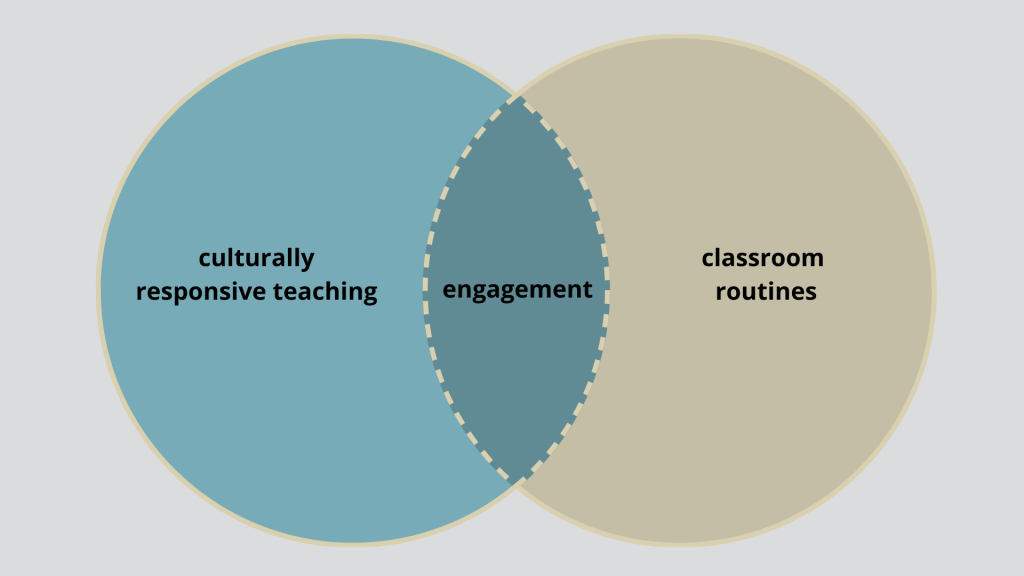
Research tells us that establishing classroom routines is a culturally responsive practice.
Try these two key organizing principles:
Avoid Amygdala Hijack
Establish a routine with clear beginning, middle, and end practices. These routines provide a sense of familiarity to all students which alleviates the stress and anxiety that can trigger an amygdala hijack in the brain. When this happens, the amygdala (the emotional center of the brain) prohibits activation of the prefrontal cortex (the cognitive center of the brain). This amygdala hijack decreases a person’s ability to engage in academics and increases impulsive behavior.
Predictable routines and activities decrease the probability that students will experience amygdala hijack. The Awesome Daily Planner is what I use to guide my planning and ensure that students know what to expect every day.
Maximize Collaboration
Create opportunities for students to build a community or learning where everyone knows they are welcome, valued, challenged, and supported. The essential, first step is building community at the beginning of the school year. Getting to know the history, interests, and culture of each student helps us, as educators, build rapport and relevant learning experiences. Providing space, modeling, and explicit instruction for collegial peer-to-peer conversations is equally important.
I designed these talk cubes to promote academic discourse among students. These focused discussions foster a collectivist culture that reinforces culturally responsive learning communities that value connectivity and shared knowledge and experience.
“I am because we are and since we are therefore I am.”
J. S. Mbiti